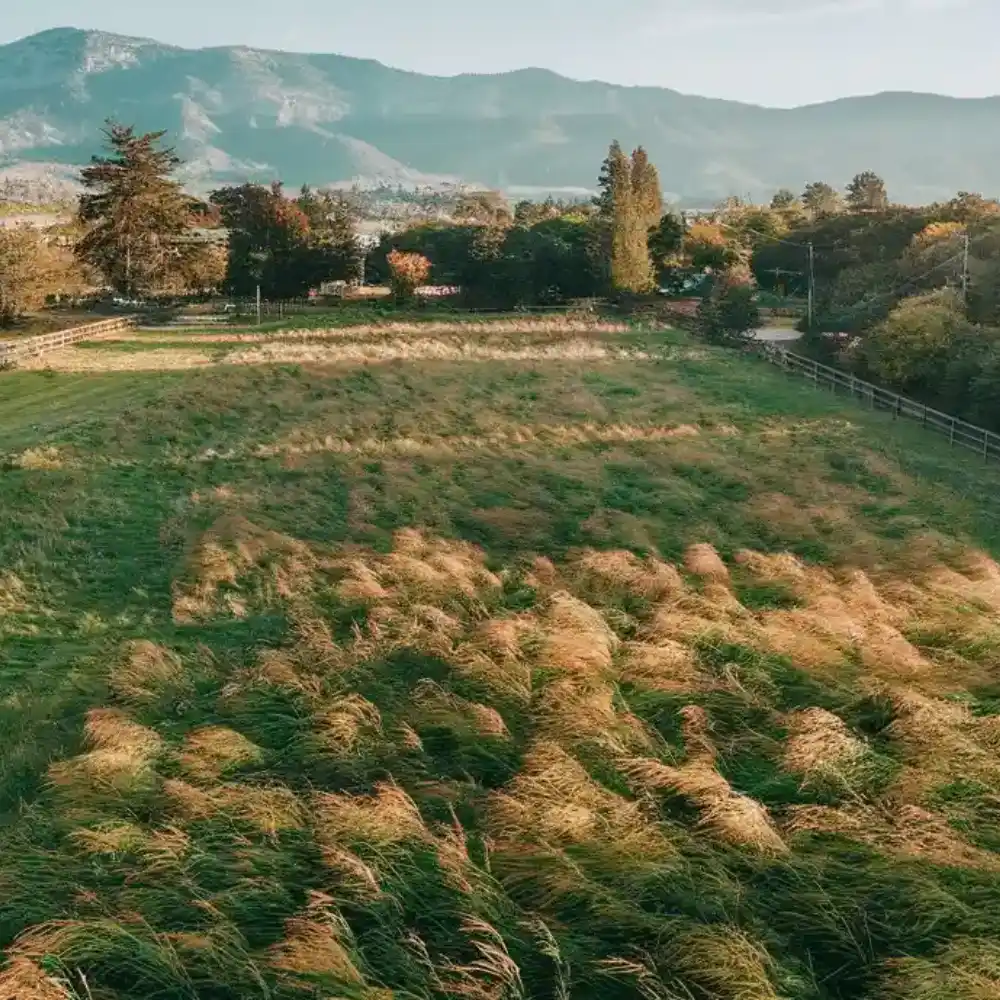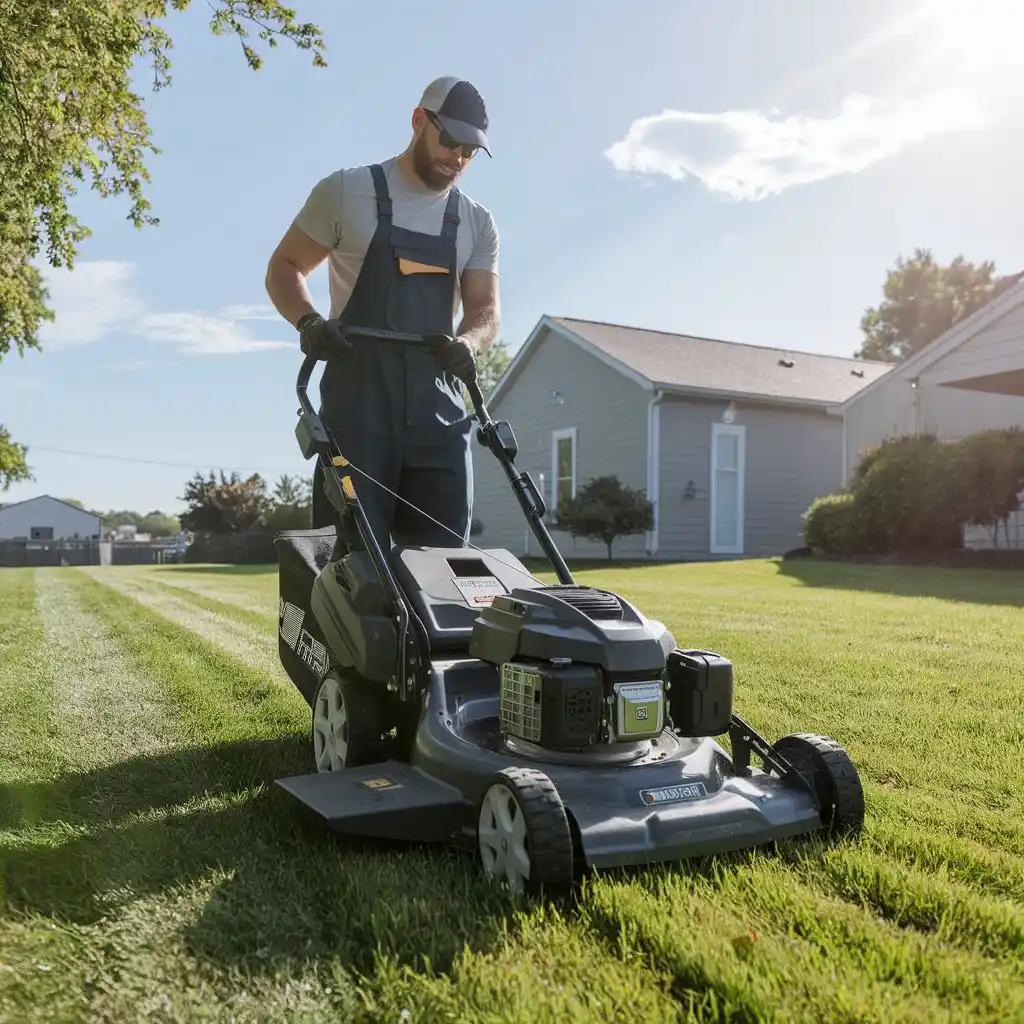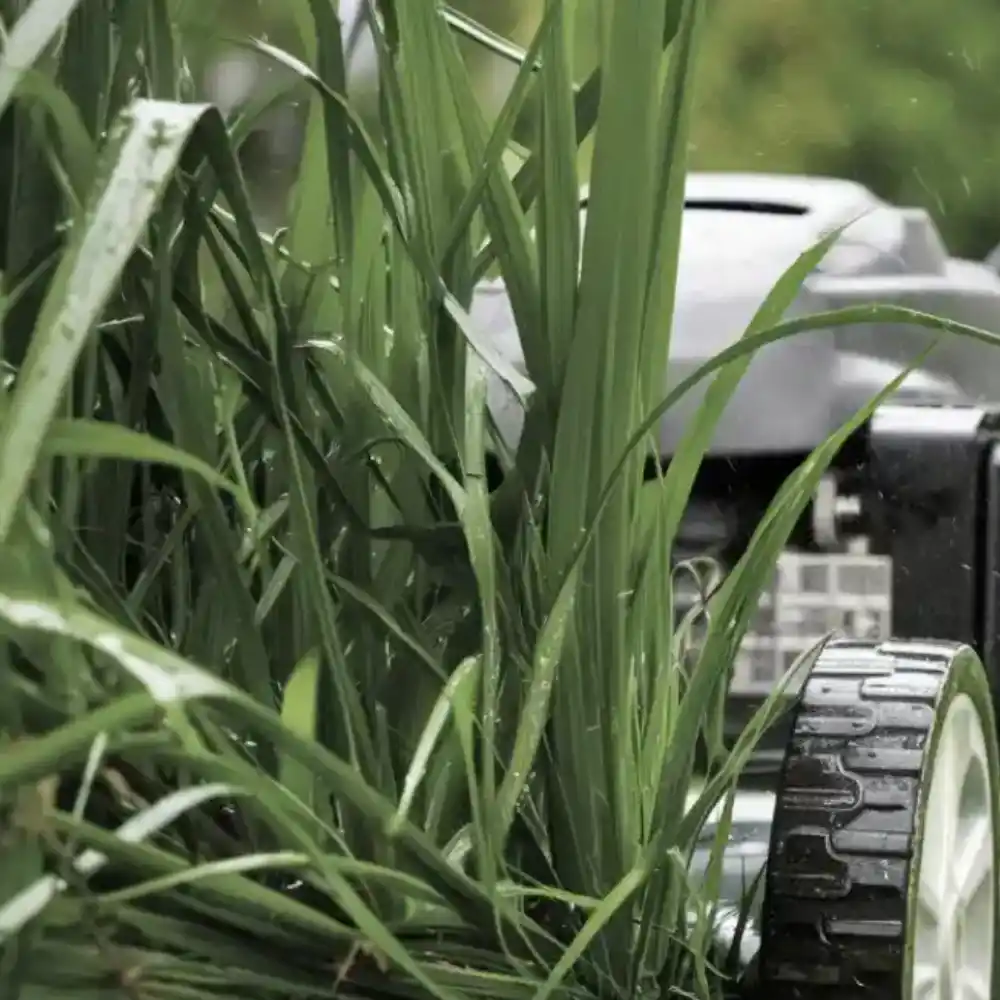Cut Grass the right way. While it may seem like a simple task, improper mowing techniques can lead to unhealthy lawns, poor growth, and weed invasions. In this article, we’ll explore the right techniques to cut grass, maintain soil health, and achieve a lush, green lawn.
The Significance of Grass Height

Why Grass Height Matters for Lawn Health
The height at which you cut grass directly impacts the overall health and appearance of your lawn. Moreover, cutting grass too short, known as “scalping,” stresses the grass, making it more prone to weeds, pests, and diseases. Consequently, optimal grass height depends on grass type and season. Therefore, maintaining the appropriate cutting height is essential for a vibrant and resilient lawn
Key Grass Types and Their Ideal Height
- Cool-season grasses (e.g., Kentucky bluegrass): 2.5 to 3.5 inches
- Warm-season grasses (e.g., Bermuda): 1 to 2 inches
Benefits of Maintaining Proper Grass Height:
- Prevents weed growth by blocking sunlight from reaching weed seeds.
- Promotes deeper root systems, improving drought resistance.
- Reduces watering frequency by enhancing moisture retention.
How to Cut Grass Efficiently: Timing and Technique

Cut Grass : The Best Time
Timing is crucial when you cut grass. It’s best to mow when the grass is dry, either early morning or late afternoon, when temperatures are cooler.
Tips for Ideal Mowing:
- Avoid mowing after rain to prevent clogging and uneven cuts.
- Mow during cooler parts of the day to reduce stress on grass and mower.
Cut Grass : Mowing Patterns for a Better Lawn
Altering your mowing pattern every time you cut grass ensures even growth and prevents soil compaction.
Mowing Pattern Techniques:
- Alternate directions to avoid repetitive wear on the lawn.
- Use checkerboard or diagonal lines for a visually appealing finish.
Maintaining Sharp Mower Blades
Cut Grass : Why Sharp Blades Matter
Dull mower blades tear rather than cut grass, causing ragged edges that lead to brown tips and increased vulnerability to pests and diseases.
Cut Grass : Key Benefits of Sharp Mower Blades:
- Clean cuts reduce grass damage.
- Faster recovery and healthier growth.
Sharpen blades at least once per season, especially if you cut grass frequently. Check for frayed or torn tips after mowing as a sign that it’s time to sharpen.
Soil Health: The Foundation of Lawn Care
Why Soil Health Is Essential
Healthy soil is the backbone of a thriving lawn. Aeration and reducing soil compaction are crucial for ensuring that nutrients, water, and air can reach the roots.
Soil Aeration Benefits:
- Loosens compacted soil, allowing roots to grow deeper.
- Grass clippings left after mowing decompose, returning nutrients to the soil.
Aerate your lawn once a year, typically in the spring or fall, to enhance water absorption and promote better root growth.
Managing Weeds Through Grass Cutting
How Cut Grass Helps Control Weeds
Weeds thrive in poorly maintained lawns with short, stressed grass. Regular mowing at the correct height can reduce weed growth naturally.
Cut Grass : Effective Weed Control Strategies:
- Taller grass shades the soil, preventing sunlight from reaching weed seeds.
- Frequent mowing discourages weeds like dandelions and crabgrass from taking root.
For better results, remove weeds by hand before they go to seed. A layer of mulch or grass clippings can also help prevent weeds from germinating.
Watering and Lawn Health
Water Your Lawn
Proper watering practices are crucial for a healthy lawn. Overwatering or underwatering can lead to shallow roots, leaving grass more vulnerable to drought and disease.
Watering Best Practices:
- Water deeply but less frequently to promote deeper root growth.
- Avoid watering during the day to reduce evaporation.
- Aim for about 1 inch of water per week, including rainfall.
Cut grass before watering to improve water penetration. Watering immediately after mowing can stress the grass.
Preventing Root Rot and Lawn Diseases
How Proper Lawn Care Prevents Disease
Root rot and fungal diseases are common in overwatered or poorly aerated lawns. Prevent these issues by maintaining proper soil conditions.
Tips to Prevent Lawn Diseases:
- Aerate compacted soil to improve water absorption.
- Avoid overwatering, as excess moisture promotes fungus growth.
Benefits of Grass Clippings for Lawn Health
Grass Clippings: Mulch for a Greener Lawn
Leaving grass clippings on the lawn after you cut grass can act as natural mulch, returning nutrients to the soil.
Key Benefits of Grass Clippings When You Cut Grass
- Improves moisture retention and nutrient levels.
- Protects the soil from extreme temperatures.
By leaving clippings on the lawn, you can reduce your environmental impact and improve overall lawn health.
FAQs : Cut Grass
Q1: Why does grass height matter for lawn health?
A1:
Maintaining the right grass height is essential for lawn health. For example, cutting grass too short, a process known as “scalping,” can stress the lawn, making it more susceptible to weeds, pests, and diseases. Therefore, keeping the grass at the ideal height depending on the grass type and season can prevent these issues. Additionally, taller grass encourages deeper roots, improving drought resistance and requiring less frequent watering.
Q2: What are the benefits of using sharp mower blades?
A2:
Sharp mower blades are crucial for clean, precise cuts, which allow the grass to heal faster and maintain its health. In contrast, dull blades tear the grass, leading to brown tips and increased vulnerability to pests and diseases. Moreover, regularly sharpening mower blades—at least once per season—ensures a healthier lawn and reduces grass damage over time.
Q3: How can proper mowing help control weeds?
A3:
Mowing your lawn at the correct height can help control weeds naturally. Specifically, taller grass shades the soil, preventing sunlight from reaching weed seeds and reducing weed growth. Additionally, frequent mowing discourages weeds such as dandelions and crabgrass from taking root. Thus, by maintaining proper mowing practices, you can minimize weed invasions without relying heavily on chemical treatments.
Q4: Why is soil health important for a thriving lawn?
A4:
Soil health is the foundation of a lush, vibrant lawn. For instance, aerating your soil once a year loosens compacted soil, allowing water, nutrients, and air to penetrate the roots more effectively. Consequently, this leads to deeper root systems and better lawn health. Furthermore, leaving grass clippings on the lawn acts as natural mulch, returning valuable nutrients to the soil and improving overall soil quality.
Conclusion : Cut Grass regularly
Maintaining a healthy lawn requires more than regular mowing. Proper techniques to cut grass, keep mower blades sharp, manage soil health, and control weeds are all essential for long-term success. By following these tips, you can achieve a lush, vibrant lawn all year round.
Remember, cut grass regularly and with care to avoid stressing your lawn. Proper mowing, sharp blades, and attentive lawn care can make all the difference. Keep your lawn healthy and strong for years to come!


